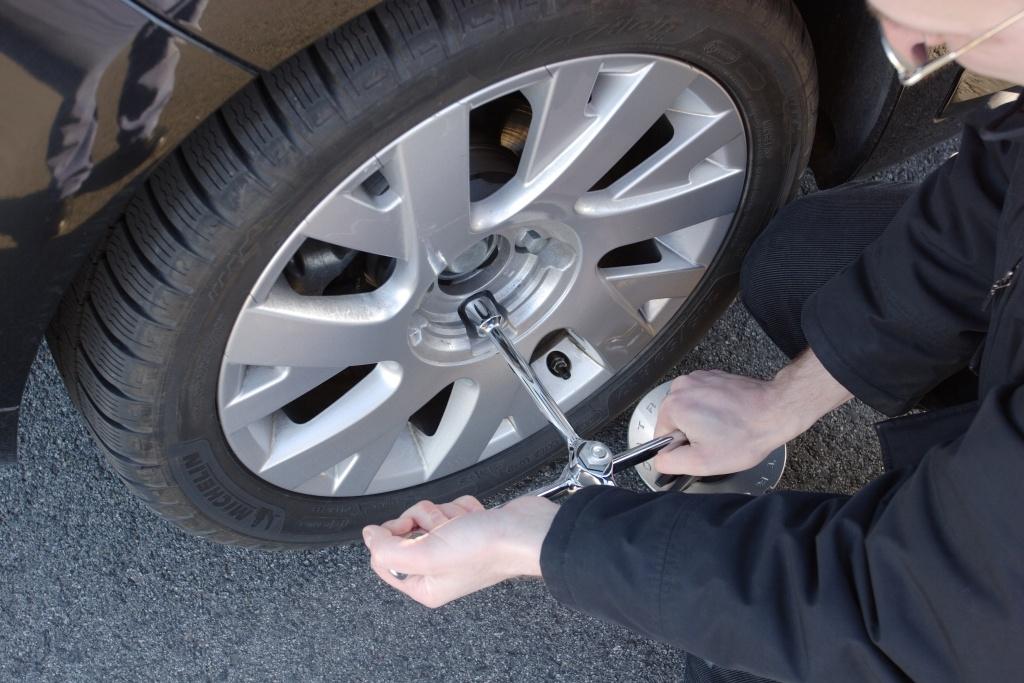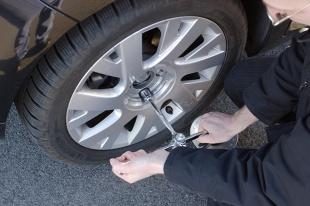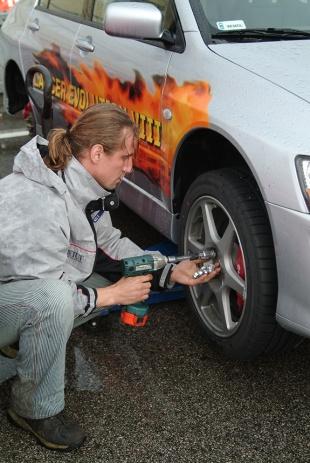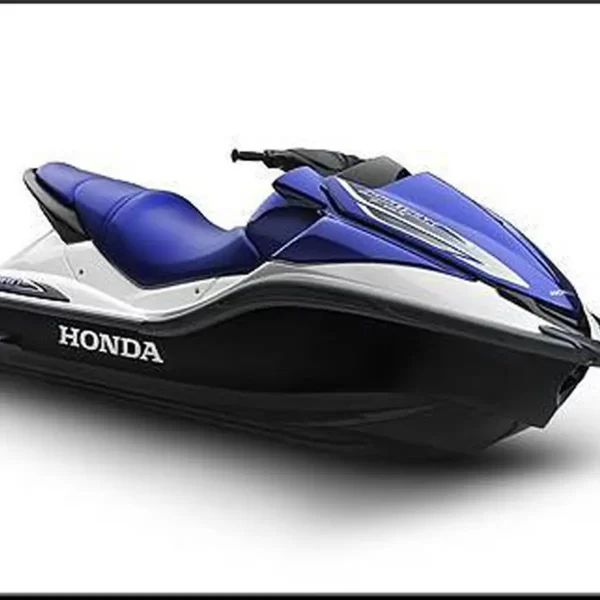
If knocking - check the wheels!
 Experienced car mechanics are well aware that the mere fact of repairing a car does not guarantee that everything will work properly and that, for example, the wheels will be tightened.
Experienced car mechanics are well aware that the mere fact of repairing a car does not guarantee that everything will work properly and that, for example, the wheels will be tightened.
A mistake can be made at any stage, so after repair it is very simple  or extremely difficult, you need to check. It's best to test drive, make sure everything is working properly, and finally make a visual inspection of the area around the repaired items. Because there are so many things that could go wrong that it's hard to even create a plausible list. And it's not even a matter of unprofessionalism or hostility of service workers, but there are different cases.
or extremely difficult, you need to check. It's best to test drive, make sure everything is working properly, and finally make a visual inspection of the area around the repaired items. Because there are so many things that could go wrong that it's hard to even create a plausible list. And it's not even a matter of unprofessionalism or hostility of service workers, but there are different cases.
One operation that needs to be double checked is simply screwing the wheels on. We know that the wheels are most often removed when we repair something in the running or braking system of the car, or when we replace them with others, for example, from winter to summer and vice versa. This is one of the easiest activities, although it does require some strength. But what can be done wrong here? It turns out that even with such a simple operation, it is easy to make a mistake.
First, manufacturers specify specific wheel bolt torque values and these should be adhered to. However, in practice, almost no one uses torque wrenches when tightening them (i.e., wrenches that allow you to measure the torque when tightening) and ... that's good!
Unfortunately, as a result of this reduction in procedure, we often over-tighten (or the mechanics over-tighten) the wheels too much, on the principle of "better overdo it than break it." After all, it seems that these large screws are difficult to damage. However, everything looks good only as long as the screw needs to be unscrewed. Remember that all wheel bolts or nuts have tapered seats that tighten over time. The friction force in such a connection is much greater than it might seem from the tightening torque. To make matters worse, the threads in the wheel hub work in harsh environments - in very variable temperatures and in a humid environment - so it sticks easily. So sometimes, unscrewing tightly twisted wheel bolts, you don’t know how to do it.
 Another common mistake, which can be bad or bad, is throwing loose bolts or nuts on the ground. Of course, we will not damage them, but we can pollute them with sand. At the same time, the cleanliness of the screw threads should be monitored, since the next time the adhered dirt can cause the above-mentioned difficulties with unscrewing.
Another common mistake, which can be bad or bad, is throwing loose bolts or nuts on the ground. Of course, we will not damage them, but we can pollute them with sand. At the same time, the cleanliness of the screw threads should be monitored, since the next time the adhered dirt can cause the above-mentioned difficulties with unscrewing.
On the other hand, it happens that a newly installed wheel loosens and unscrews literally after a day of driving. Why? The mistake of a mechanic is always possible, who only “caught” the bolts and had to tighten them later, but forgot. But more often it happens that when we change wheels for others, something will work in the conical sockets of the bolts (for example, dirt or a layer of corrosion) and the bolt will begin to loosen after a while. It is also possible for coarse dust to enter the contact surface between the rim plane and the hub. The effect is the same - the dirt will settle, shrink and the whole wheel will loosen. This is not a tragedy because the wheels rarely come off immediately, but the movement of the rim towards the hub will gradually loosen the bolts or nuts until a serious breakage occurs.
Here's a piece of advice, this time for drivers and not mechanics: if we hear or feel any unusual car behavior, let's check the cause immediately. Experience shows that a spinning wheel knocks at first softly, and then very loudly. However, the step of unscrewing the bolts usually takes many kilometers. Then we should just go out and check and tighten the wheels. This can be done even without a torque wrench, but the operation is very simple using the so-called cross-head wrench is always more convenient than factory wrenches.
